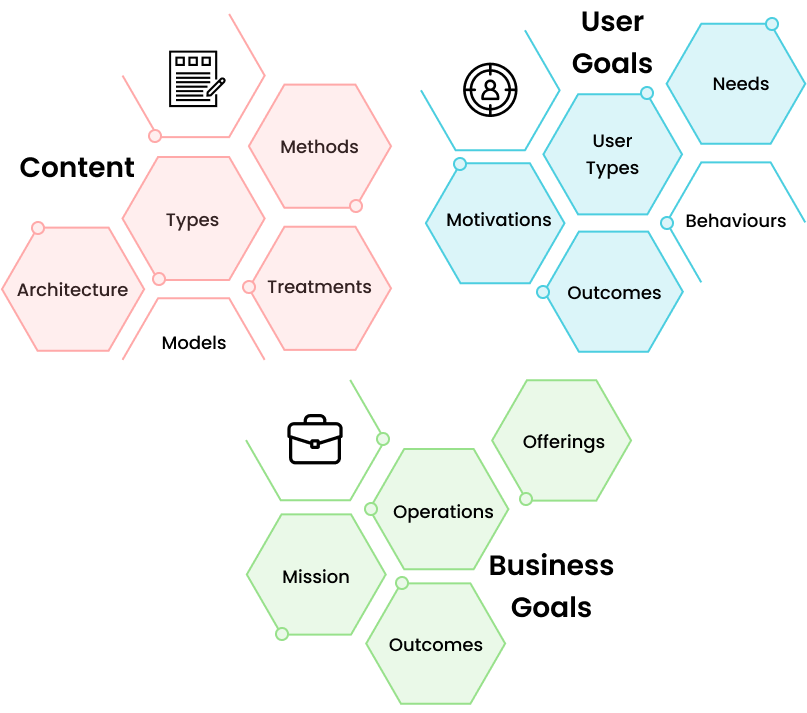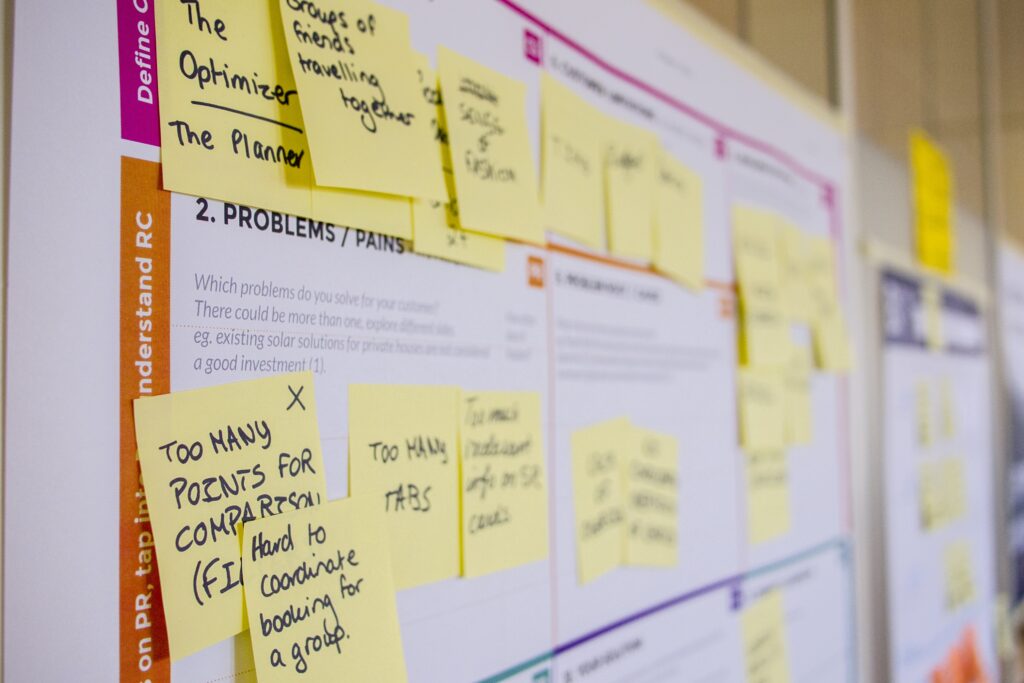Augmented reality (AR) and virtual reality (VR) are quickly becoming huge areas of technology, with giants like Apple, Microsoft and Google competing to provide the next big AR or VR experiences. Statista predicts that the worldwide virtual reality user base for AR MR VR will reach 443 million by 2025, meaning that it is becoming increasingly important for (UX) designers to know how to create amazing VR and AR & Mixed Reality experiences.
Features of augmented reality
Designing for 3D experiences will require completely new ways of thinking about UX design—and the question is, are you well equipped to tackle this new field of design? (Don’t take that additional 3rd dimension for granted). You must know the difference between ar and vr.
The rapid growth of this space has led to unforeseen innovation through the creation of immersive experiences, NFT’s, crypto and entirely new gateways to Web 4.0 that enhance the world around us—or sometimes take us to a different (virtual) world entirely. That said, these strides have not come without challenges, specifically when it comes to the way in which VR and AR experiences are designed and produced.
Where can augmented reality be used?
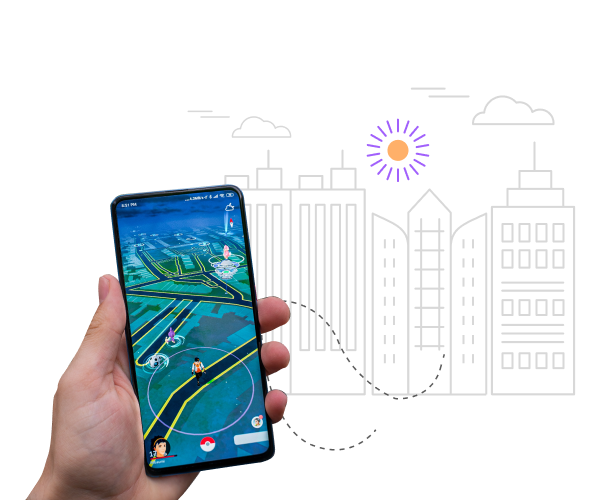
Overview:AR and VR need to be easy to use in order to provide users with realistic experiences that wow. Avoiding common usability mistakes and applying the principles of storytelling will help you carefully craft 3D experiences that delight, intrigue, amuse, and most of all evoke the response you intended. You’ll need to engage users in first-person narratives by making use of spatially dynamic UI’s, including gaze, gesture, movement, speech, and sound—often used in combination.
What does augmented reality look like?
AR experiences add a layer onto the existing world, whereas VR experiences transport the user to a different world entirely. Moreover, selecting the right platform (meaning, the devices through which these experiences occur) is hugely important since it’s difficult to optimize across devices and formats.
Augmented reality in real life
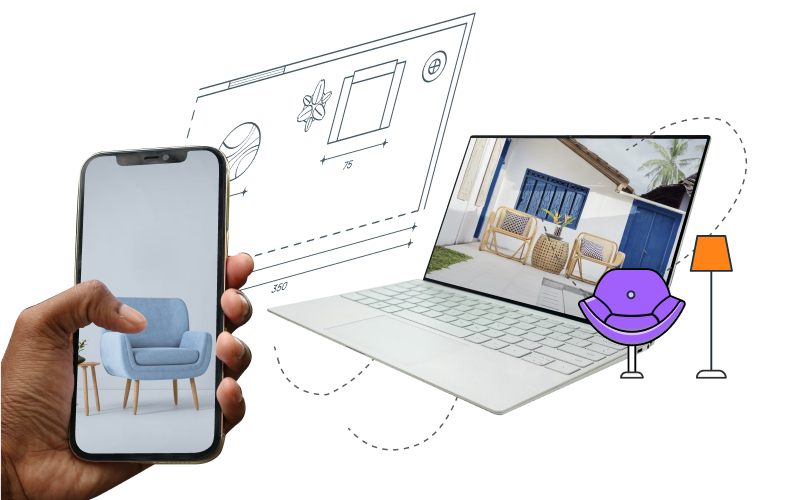
Augmented Reality (AR) acts as a virtual layer on top of the world in front of you and is in a new age of discovery and innovation. While early AR applications depended on a smartphone or tablet, they will soon expand into wearable devices like smart glasses requiring a different kind of UX and design process—thinking outside the confines of a smaller screen.
Augmented reality can also be used for knowledge transfer, such as training in industrial environments. Instead of explaining, imagine showing a worker how to do a specific task via in-context video. This opens doors for designers in the e-learning space to create next-generation AR interfaces.
Where is virtual reality used?
Understand the difference between Virtual Reality, Augmented Reality, Mixed Reality. Virtual Reality Today completely immerses you in a virtual world, and mixed reality (MR), sometimes referred to as hybrid reality, is the merging of real and virtual worlds.
Virtual Reality Examples – VR can be used for virtual offices, products, events like the 2017 Teen Choice Awards, and more. With VR, designers and their clients will be able to preview designs scaled to real, life-size environments and depth, before even entering the production phase.
Can virtual reality substitute for an actual reality?
In early 2017, Forbes observed that “the hype around virtual reality is fading.” Noticeable limitations VR faces are a high price for the headsets, discomfort over extensive use, poor visual quality, and much more. As a result, there is a slow mass-market adoption of VR technology in comparison to AR that is “likely to fare better in the short term.”
Virtual reality in real life
Though VR and AR design come with its own unique set of challenges, such as designing for first-person environments and capturing and/or securing 360-degree footage, producers should use narrative as their North Star when it comes to bringing content to life.
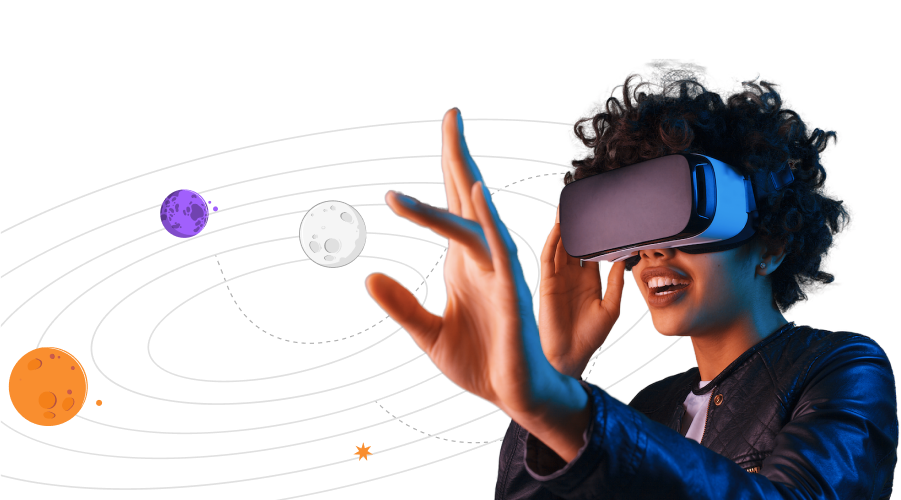
How is virtual reality used?
Few tips on designing for AR/VR.
- Remind the user regularly where they are in an experience
- Increase immersion by including other human senses
- Minimize user movement
- Use intuitive gestures
- When AR is limited, think of VR
Main Author:
Vishakha Agrawal
UX-UI Designer at Prismic Reflections®
Article Contributors
Swarup Bagul
Co-Founder of Prismic Reflections®
